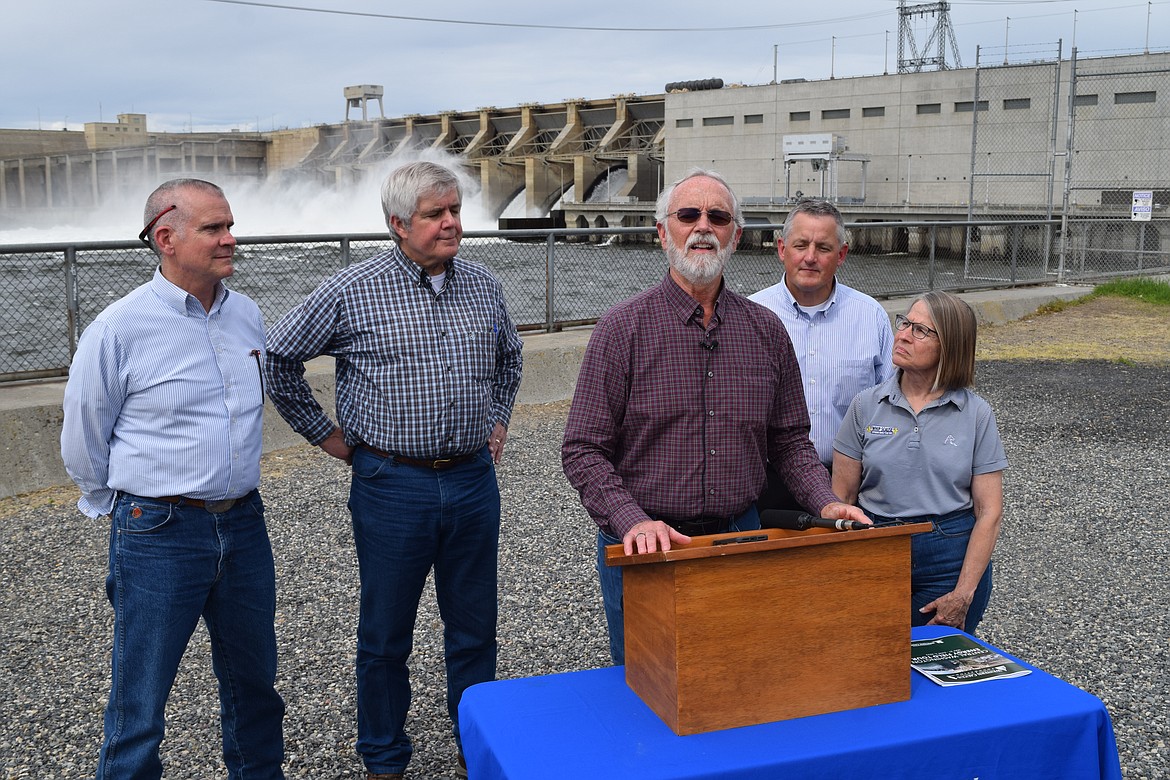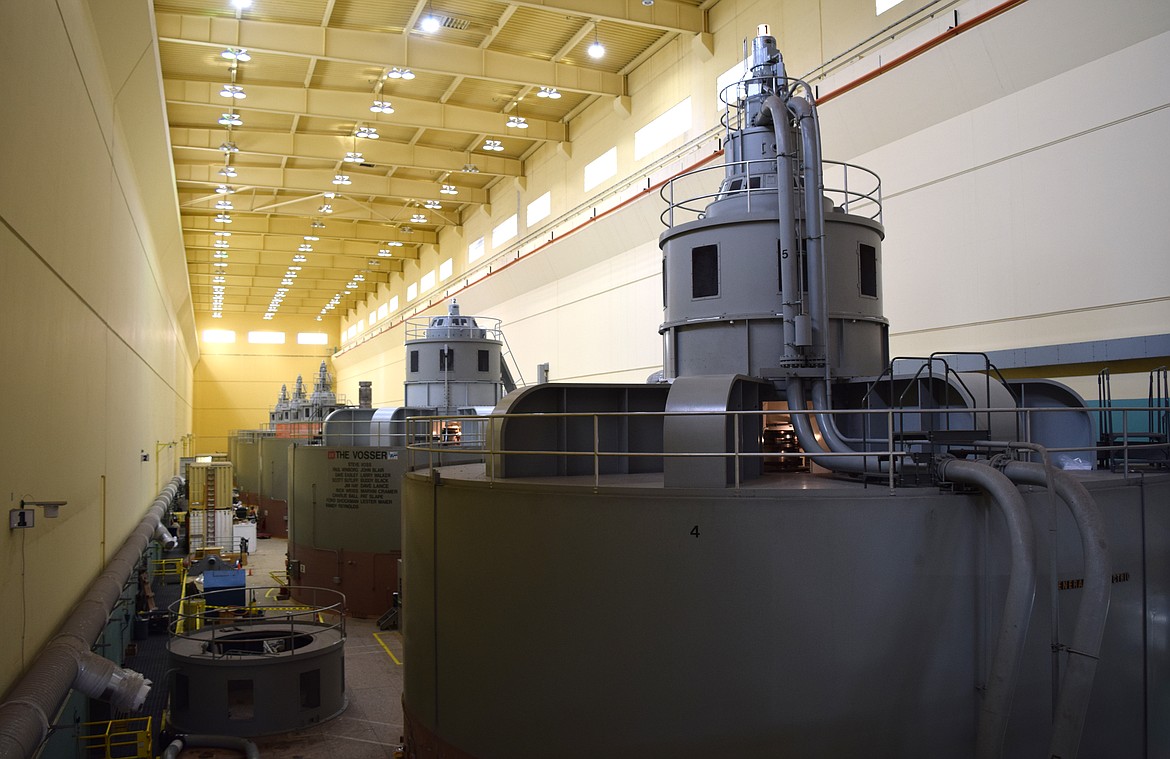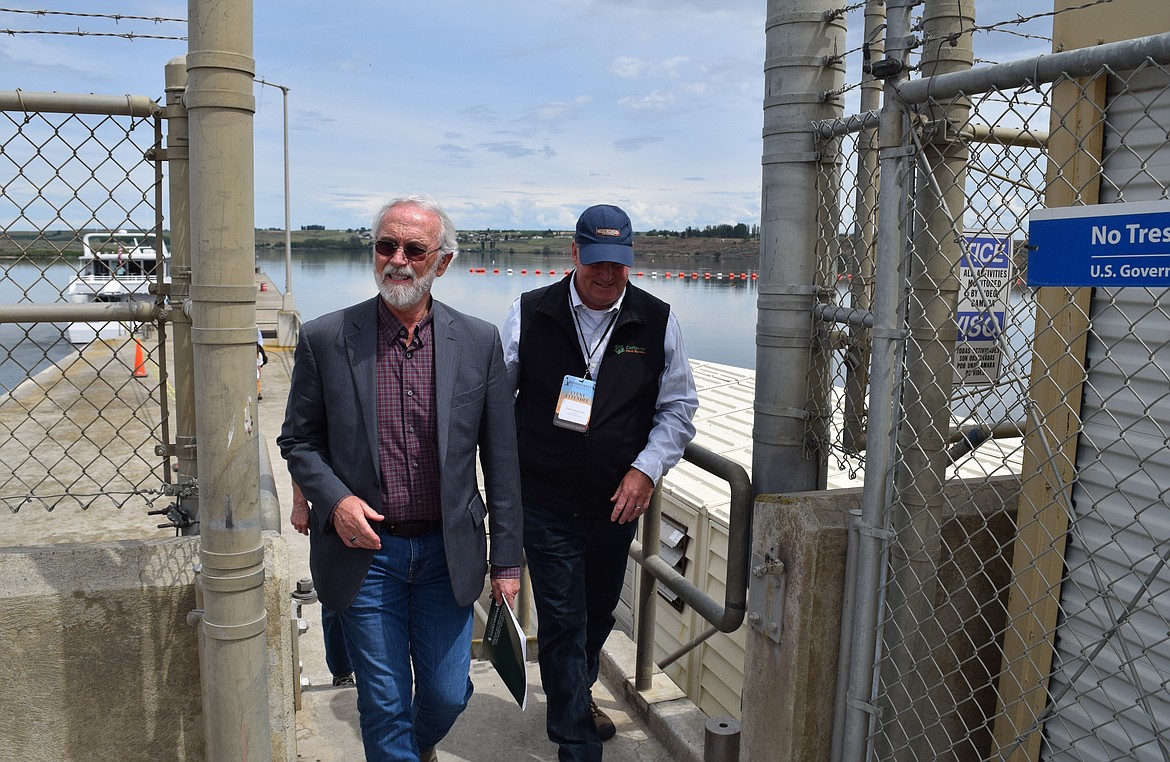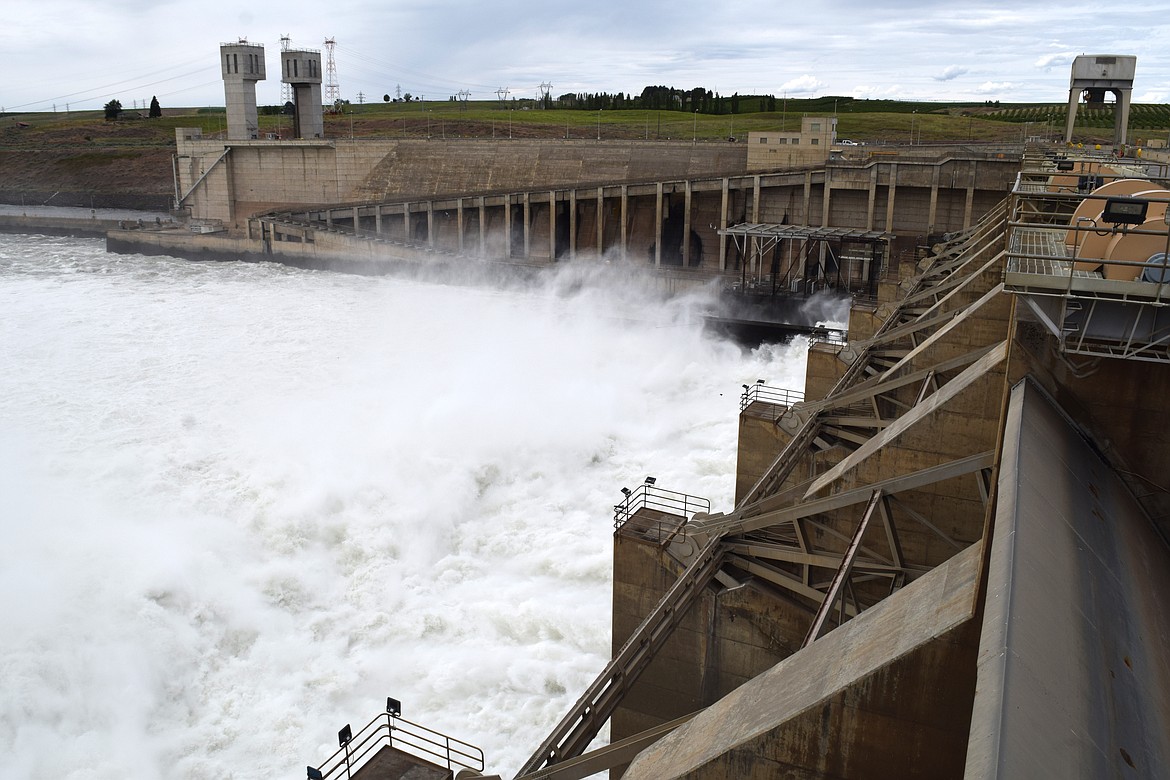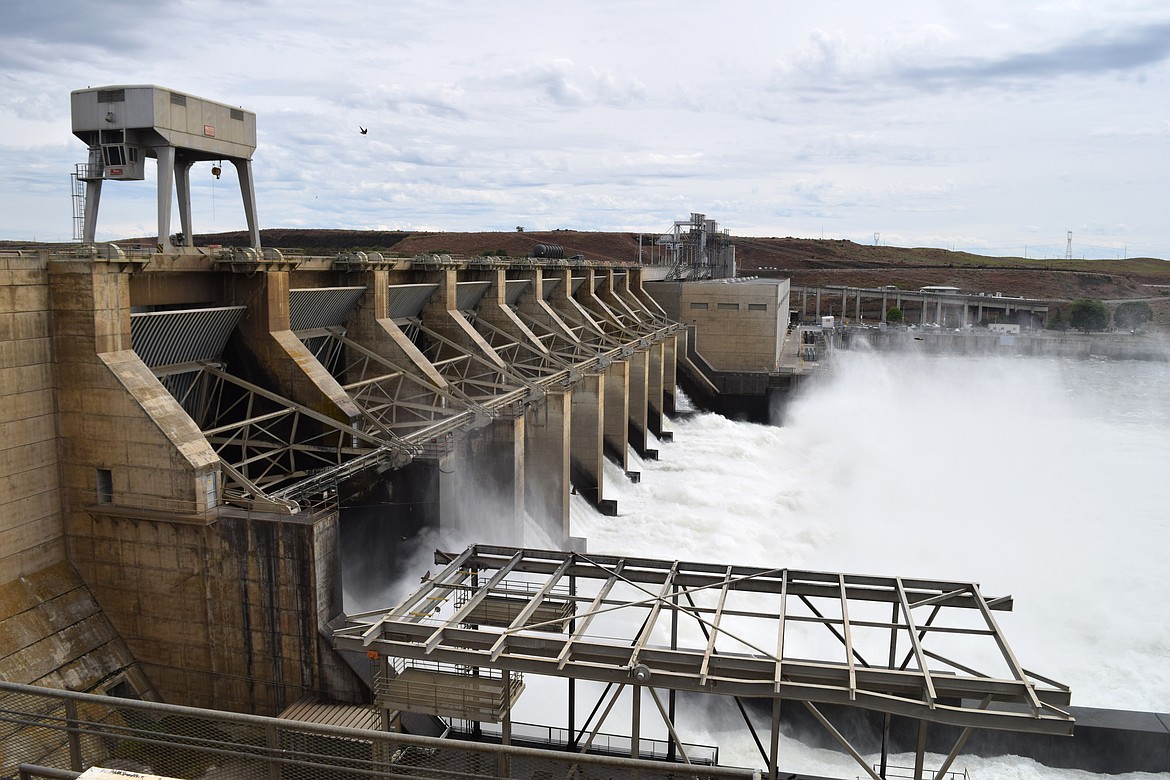Newhouse hosts congressional dam tour
BURBANK, Wash. — There aren’t many hydroelectric dams in Iowa.
Become a Subscriber!
You have read all of your free articles this month. Select a plan below to start your subscription today.
Already a subscriber? Login


